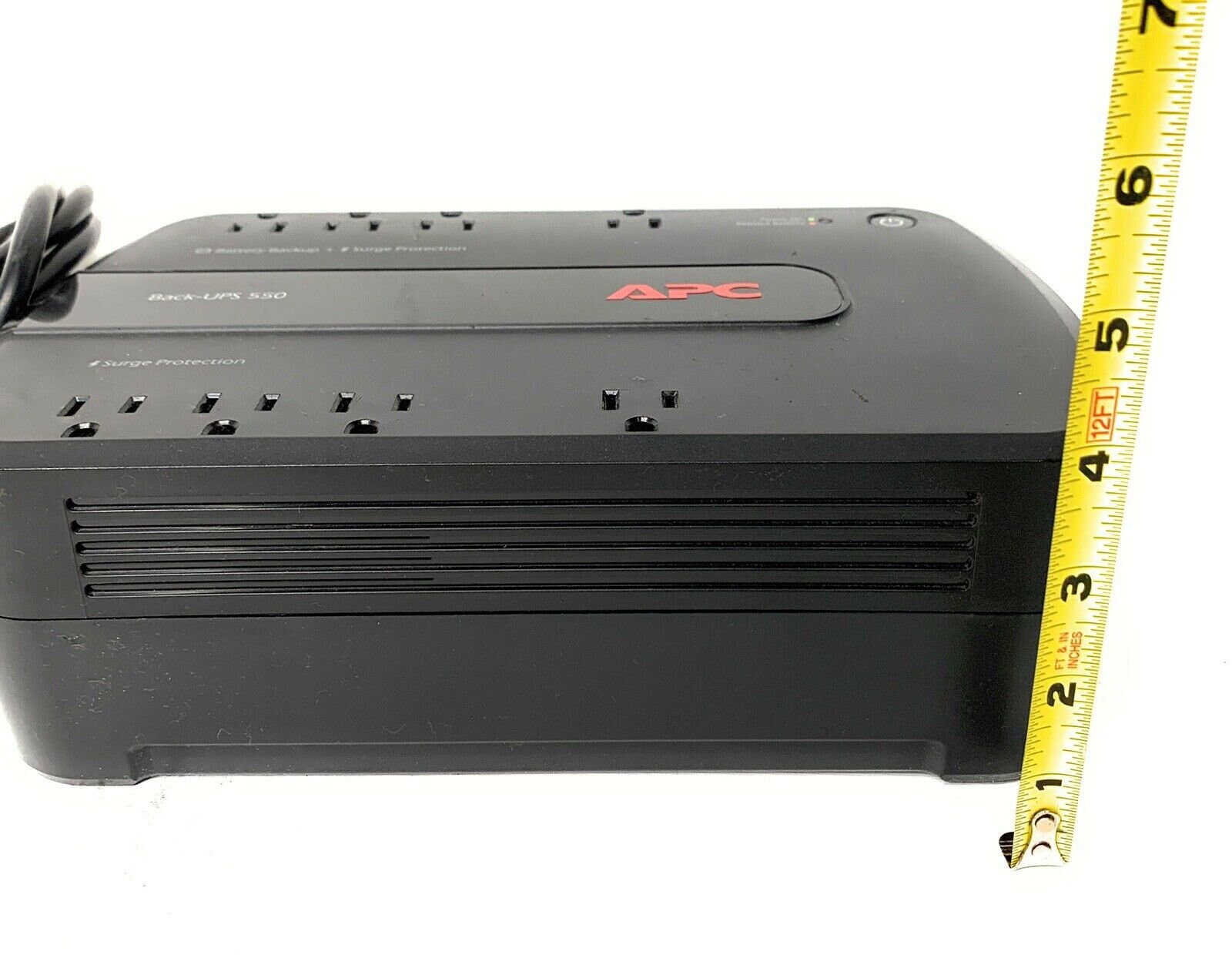

- #Apc ups es 550 battery how to#
- #Apc ups es 550 battery for mac#
- #Apc ups es 550 battery install#
- #Apc ups es 550 battery full#
If apcupsd or apctest is already running, Note that if you get an error like this when running sudo apctest: apctest FATAL ERROR in apctest.c at line 313 Please select the function you want to perform. This part of apctest is for testing USB UPSes. Hello, this is the apcupsd Cable Test program. You are using a USB cable type, so I'm entering USB test mode Here is the command line flow once you get the APC UPS Daemon software software installed and apctest is available: sudo apctest
#Apc ups es 550 battery how to#
This blog post from 2012 does a decent job of explaining specifically how to use the APC UPS Daemon software to disable alarms.
#Apc ups es 550 battery for mac#
It’s available for Mac and Windows as precompiled binaries as well as RPMs and Deb packages for Linux in addition to pure source code that you can compile an pretty much any system.
#Apc ups es 550 battery install#
That said, there is a cool command line tool called the APC UPS Daemon that can allow you to control an APC UPS from the command line easily without having to install the official PowerChute GUI software. But software disabling is honestly better since it is not invasive and easy to reverse. Meaning open up your UPS, find that connector and just literally disconnect it. But if you can, you are in luck! And if you somehow can’t, the alarm is typically just a piezo buzzer connected to the UPS mainboard by a modular 2-3 wire connector. This only works if you have a data cable that can connect to the APC UPS’s data port from your PC. I know I have successfully used it on macOS back in the “OS X” days in the past but haven’t in years. Note: This advice is based on software that was last updated in 2016 and I recommended in another answer back in 2020. I'll try redistributing some of the load to a second ups and see if that resolves the problem.ĭownload the APC UPS Daemon command line tool and use it to disabled the APC Back-UPS 550 alarm. Maybe a monitor, but I was using it to power two 1U servers, a desktop PC, and a hefty wifi router. The unit seems designed to power a typical desktop pc and I can't be sure, but that might have been my problem. Since the unit otherwise works great, I half suspect this is just APC's way of trying to get me to buy more batteries, which aren't cheap.Įdit: Discovering some docs on APC's website, it says the false alarm buzzer issue can sometimes happen if you overload the unit and connect too many high-wattage appliances to it, even when it's on external power. What's causing this, and is there any way to fix it? Is the UPS unit defective? Is there any way I can disassemble it and either fix or deactivate this "alarm". I know these batteries don't last forever, but they should last for 3-4 years, not just 6 months. Just to be safe, I bought a new battery, and the problem went away, but then about 6 months later, the bad battery alarm came on again.
#Apc ups es 550 battery full#
However, upon inspecting it, he battery has a full charge and is in perfect condition.

According to the manual, this means the lead-acid battery is bad and needs to be replaced. However, over the last year, it's "bad battery" alarm has routinely started activating, and each time appears to be a false alarm.Ī loud persistent piezo buzzer blares while it's status LED flashes between green and red. I am using Ubuntu and I have an APC Back-UPS 550 uninterruptible power supply that's worked pretty well for several years.


 0 kommentar(er)
0 kommentar(er)
